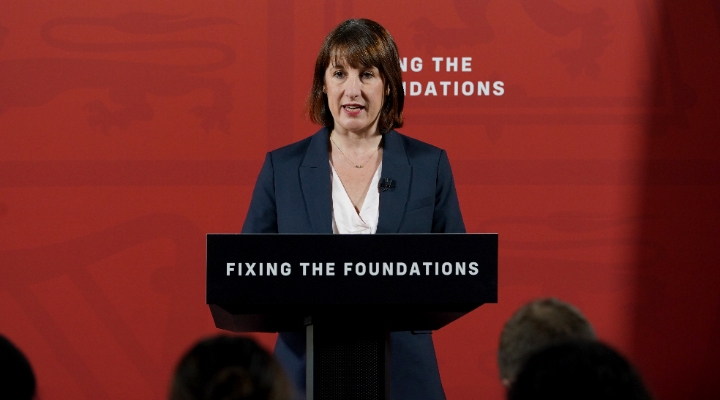
Even the fabled vegan sausage roll couldn’t save Greggs (GRG) shares from an ignominious collapse after the food retailer’s latest update. There were lessons for investors in spotting buying opportunities and the difficulty of trying to catch the bottom of the market.
An Overreaction
On the surface it was another great set of trading figures, with total sales up 12.4% in the 13 weeks to 28 September and company managed shops up 7.4% on a like-for-like basis. However, although most retailers would die for such growth, this actually represented a slowdown from the first half of the year and feeshares promptly slumped 8%, which I felt was a gross overreaction. The third quarter was up against particularly strong comparatives in the same period last year so the latest figures were not at all bad.
The shares were pushing towards 2,500p less than three months ago, so I was particularly pleased to top up my existing holding at 1,913p, which I considered a bargain, in mid-morning. Alas, by noon the shares were 12% adrift, settling around 1,830p.
The number of outlets topped 2,000 in August and a net total of 90 will be added this year. Good progress is reported at the new southern distribution centre in Wiltshire, which will provide capacity to serve 250 shops.
An autumn range including new hot sandwiches and meal deals has been introduced as Greggs, having successfully attacked the breakfast market, turns its attention to catching customers on the way home from work as well with later opening hours. Expectations for the full year are unchanged.
While I’m obviously disappointed that my latest purchase has swung immediately into loss, I am convinced Greggs will bounce back before the year is out. My initial holding is still more than 60% ahead and there have been regular dividends on top.
Dave's Departure
If it ain’t fixed, don’t make a break for it. Opinions vary as to the credibility of the claim by Tesco (TSCO) chief executive David Lewis that he is leaving after a gruelling five years because the once ailing supermarket has been turned round.
The share price, superficially, says otherwise. Tesco shares were around 240p when his impending departure was announced, less than 20p higher compared with when he started. They had topped 400p under the previous boss, before increased competition from Aldi and Lidl took its toll.
However, they have been as low as 140p during his tenure, and 240p on the way up is a good deal better than 220p on the way down. Tesco is undoubtedly in far better shape than when he took over and the £3.7 billion he spent on buying cash-and-carry outfit Booker offers much better returns than Tesco could ever have got from the South Korean business he sold for £4 billion.
There were three profit warnings in the run-up to his arrival on 1 September 2014 and even then he soon discovered that profits had been overstated by £263 million. Latest figures show an 11% rise in operating profits in the six months to 24 August.
However, if things really are fixed why isn’t he hanging around to take the credit? The parallel with Justin King, who turned round rival Sainsbury (SBRY) then got out just before it all started to run sour again, are worrying.
At least the handover is smooth, with a credible replacement in Walgreens Boots Alliance executive Ken Murphy already lined up to take over in the New Year. He has retailing and wholesaling experience so I am not too worried that he is not specifically a supermarket boss. I am, though, inclined to avoid investing in Tesco, having already suffered by clinging onto my Sainsbury shares for too long.























